The construction performance of refractory castables depends on its thixotropy and fluidity. In order to improve the fluidity of refractory castables, an effective measure is to increase water consumption. When the composition and process conditions of the refractory castable are the same, its performance is directly related to the amount of water used. The water consumption increases, the water escapes after heating, the pores increase, the structure becomes loose, and the various properties of the castable are reduced. Therefore, in practical applications, it is very necessary to use dispersant (or water reducing agent) and ultrafine powder to control and adjust the water consumption to ensure the performance of the castable.
There are three mechanisms of dispersant action:
That is, electrostatic stabilization mechanism (Electrosticstabilization), steric stabilization mechanism (Stericstabilization) and electrostatic steric stabilization mechanism (Electrostericstabilization).
- The electrostatic stabilization mechanism, also known as the double electric layer stabilization mechanism, means that by adjusting the pH value or adding electrolyte, a certain amount of surface charge is generated on the particle surface, which increases the thickness of the double electric layer and the zeta potential value of the particle surface, making the particles A large repulsive force is generated between them, thereby achieving stable dispersion of particles;
- The steric stabilization mechanism is to add a certain amount of uncharged high molecular weight compounds to the suspension so that they are adsorbed on the surface of the particles to form a thicker steric hindrance layer, causing steric repulsion between particles to achieve dispersion. the goal of;
- The electrostatic space stabilization mechanism is to add a certain amount of polymer polyelectrolyte to the suspension to adsorb it on the surface of the particles. At this time, the polyelectrolyte can both repel the surrounding particles through its own charge and prevent it through its steric hindrance effect. The close proximity of surrounding particles and the combined effect of the two can achieve the effect of composite and stable dispersion.
Blending method of adding dispersant to castable
Adding dispersant to castables can reduce the amount of water and cement, increase fluidity, and improve the density and strength of the product. But it does not mean that the more dispersant added, the better the water reduction effect will be. This is because adding too much dispersant will have a negative impact on the performance of the product. At the same time, too much dispersant has no positive significance on the fluidity.
The form in which the dispersant is added to the castable has a certain impact on the dispersion effect. Some powdered dispersants can be added directly to the castables, while some powdered dispersants need to be formulated into a solution of a certain concentration and then added to the castables to achieve better dispersion effects.
There are several mixing methods for dispersants:
(1) First mixing method: The powdery dispersant is first mixed with cement, and then water is added to stir.
(2) Co-mixing method: The dispersant is first dissolved into a solution of a certain concentration, and then mixed with water during stirring.
(3) Water retention method: During the stirring process, the dispersant is added 1 to 3 minutes behind the water.
When the high-efficiency dispersant is mixed first, the plasticizing effect is poor. When there are coarse particles in the dispersant, it is difficult to disperse evenly, which affects the dispersion effect of the dispersant and the flow value does not increase much. Using the co-mixing method, the dispersant is easy to stir evenly and has good dispersion effect. Generally speaking, when the same type of dispersant is added in the same amount, the stagnant water method has the best dispersion effect and the largest flow value, followed by the simultaneous mixing method, and the first mixing method has the worst effect.

